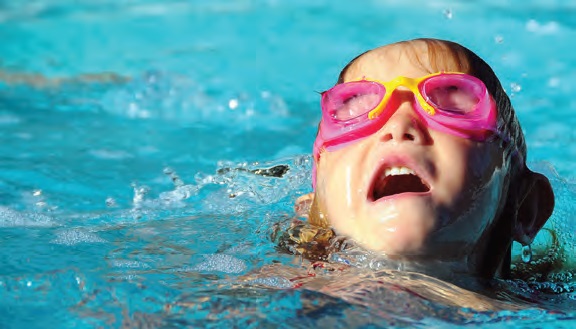
- Warmed IV fluids
- Warmed humidified oxygen
- Peritoneal, thoracic, or bladder lavage
- ECMO3
While neurocognitive issues due to a hypoxic–ischemic event are the most commonly seen long-term complication of submersion injuries, lung injury can be seen in the acute phases. Aspiration of gastric contents is often the cause of the initial insult, but acute respiratory distress syndrome can develop, necessitating the use of positive pressure ventilation and admission to the intensive care unit.2 All efforts should be made to maximize oxygenation and minimize barotrauma. Steroids have not been shown to be effective in lung injury secondary to submersion injuries and should be avoided. Additionally, there is not a role for prophylactic antibiotics.3
Explore This Issue
ACEP Now: Vol 43 – No 10 – October 2024Until now, we have largely been discussing significant submersion injuries that require ongoing resuscitation and admission to the hospital, and although it has been suggested that all patients that have experienced a submersion injury should be admitted for observation, growing evidence suggests that some of these children can be safely discharged home. Much of the concern supporting admission for observation arises from the concept of “secondary” or “dry” drowning, which are not physiologically supported clinical entities.3,8
Multiple studies have shown that children who are asymptomatic or mildly symptomatic at initial presentation have a high likelihood of being able to be safely discharged from the ED after an observation period. Findings leading to successful discharge included absence of respiratory distress, normal oxygen saturations and age-appropriate vital signs, and lack of need for prehospital intervention.9,10,11 Blood gas analysis or chest X-ray findings did not contribute to disposition decisions and are largely unhelpful in this clinical subset. A pediatric submersion score was developed and validated in 2017 identifying five factors that, if present, suggest safe discharge from the ED after an eight-hour observation period. They include:
- Normal mentation
- Absence of dyspnea
- Normal respiratory rate
- Normal systolic blood pressure (no signs of hypertension)
- Absence of need for airway support12
At this time, a six- to eight-hour observation from the time of the submersion event is widely accepted, although future studies may prove that a shorter observation time is sufficient.9,11
As with many pediatric issues, prevention is key. Several studies have identified common misperceptions and gaps in education. One study showed that only six percent of caregivers were able to correctly answer 10 water safety knowledge questions; more than 30 percent got the majority of answers wrong, including not understanding that submersion injuries are a leading cause of death in the toddler age group and that you may not hear splashing or calling for help when someone is drowning. In this same study, one-third of caregivers felt that children didn’t need to be supervised as closely after they had received swimming lessons.13 Another study showed that caregivers felt keeping children within arm’s length in the water would be less critical if they were wearing flotation devices or if older children were with the toddler.14 A third study demonstrated that children living in rental properties with pools, who have caregivers that cannot swim and whose caregivers do not speak English, are at higher risk. Making affordable, culturally appropriate, and accessible interventions available to this population is key.15 Other efforts should be aimed at education regarding bathtub and bucket drownings, as these are often overlooked.16
Pages: 1 2 3 4 | Single Page




No Responses to “Pediatric Submersion Injury Tips”